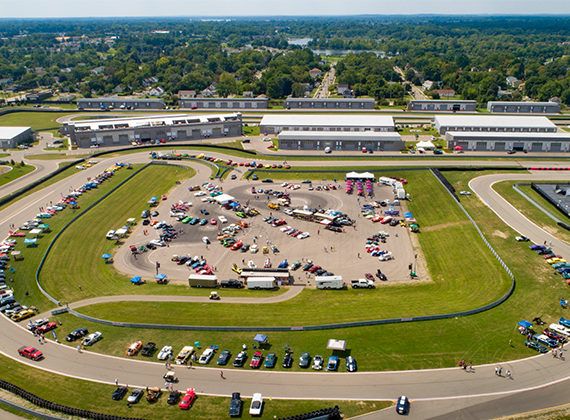Managing Geotechnical Risks in Urban Development

Urban development presents unique geotechnical challenges due to the complexity of existing infrastructure, undocumented foundations, and varied soil conditions. Effective management of these risks is crucial to ensure the safety, sustainability, and cost-effectiveness of construction projects. This article outlines strategies for addressing these common challenges and explores innovative solutions and risk mitigation techniques.
Common Geotechnical Challenges in Urban Areas
1. Underground Utilities:
- Challenge: Navigating subsurface maze of existing underground utilities, including water, gas, electrical lines, and sewage systems, complicates excavation and foundation work.
- Solution: Comprehensive utility mapping and coordination with utility companies are essential. Using non-invasive methods like Ground Penetrating Radar (GPR) and radio frequency detection helps identify the location and condition of underground utilities without excavation.
2. Old Foundations:
- Challenge: Many urban areas have old and sometimes undocumented foundations from previous structures, posing obstacles for new construction.
- Solution: Detailed site investigations, including historical records review and exploratory excavations, can reveal the presence and condition of old foundations. Techniques like helical piers and micro-piling can be employed to navigate around these foundations in the new design.
3. Variable Soil Conditions:
- Challenge: Urban soils can vary significantly over short distances, presenting challenges in predicting and managing ground behavior.
- Solution: Conducting thorough geotechnical investigations, including drilling soil borings, soil sampling, and in-situ soil testing, provides critical data on soil properties. Advanced geotechnical modeling can then be used to predict soil behavior and be provided to structural engineers.
Risk Mitigation Techniques
1. Pre-Construction Geotechnical Surveys:
- Conduct comprehensive geotechnical surveys before construction to identify potential issues early. This includes soil analysis, and groundwater assessments.
- Use 3D modeling and simulation tools to visualize subsurface conditions and predict the impact of construction activities.
2. Adaptive Foundation Design:
- Design foundations that can adapt to varying soil conditions. Options include helical piers, piles, and drilled shafts, depending on the specific site conditions.
- For sites with significant variability, consider hybrid foundation systems that combine different techniques to provide stability and flexibility.
3. Ground Improvement Techniques:
- Employ ground improvement methods such as soil stabilization, grouting, and rammed aggregate piers to enhance soil properties and reduce settlement risks.
- In areas with poor soil quality, techniques for soil improvement can create more stable ground for construction.
4. Real-Time Monitoring:
- Implement real-time monitoring systems to track ground movement, vibration, and other geotechnical parameters during construction. This can include using settlement plates, sensors, inclinometers, and piezometers.
- Early detection of deviations from expected behavior allows for timely interventions, reducing the risk of major issues developing.
Innovative Solutions
1. Utility Conflict Management:
- Use CAD 3-D Modeling to create detailed 3D models of underground utilities and new construction plans. This helps visualize potential conflicts and plan accordingly.
- Implement trenchless technology for utility installation and repair, minimizing disruption to existing utilities and reducing excavation risks.
2. Geosynthetics:
- Incorporate geosynthetics like geotextiles, geogrids, and geomembranes in pavement design and to improve soil stability and control erosion.
- Geosynthetics are particularly useful in enhancing the stability of poor soils.
Managing geotechnical risks in urban development requires a proactive and comprehensive approach, leveraging both traditional techniques and modern innovations. By understanding and addressing the unique challenges posed by underground utilities, old foundations, and variable soil conditions, developers can mitigate risks and ensure successful project outcomes. Implementing detailed pre-construction surveys, adaptive foundation designs, ground improvement techniques, and real-time monitoring systems are crucial steps in this process. Additionally, embracing innovative solutions like 3-D modeling, geosynthetics, and soil improvement technologies will further enhance the safety, efficiency, and sustainability of urban construction projects.
